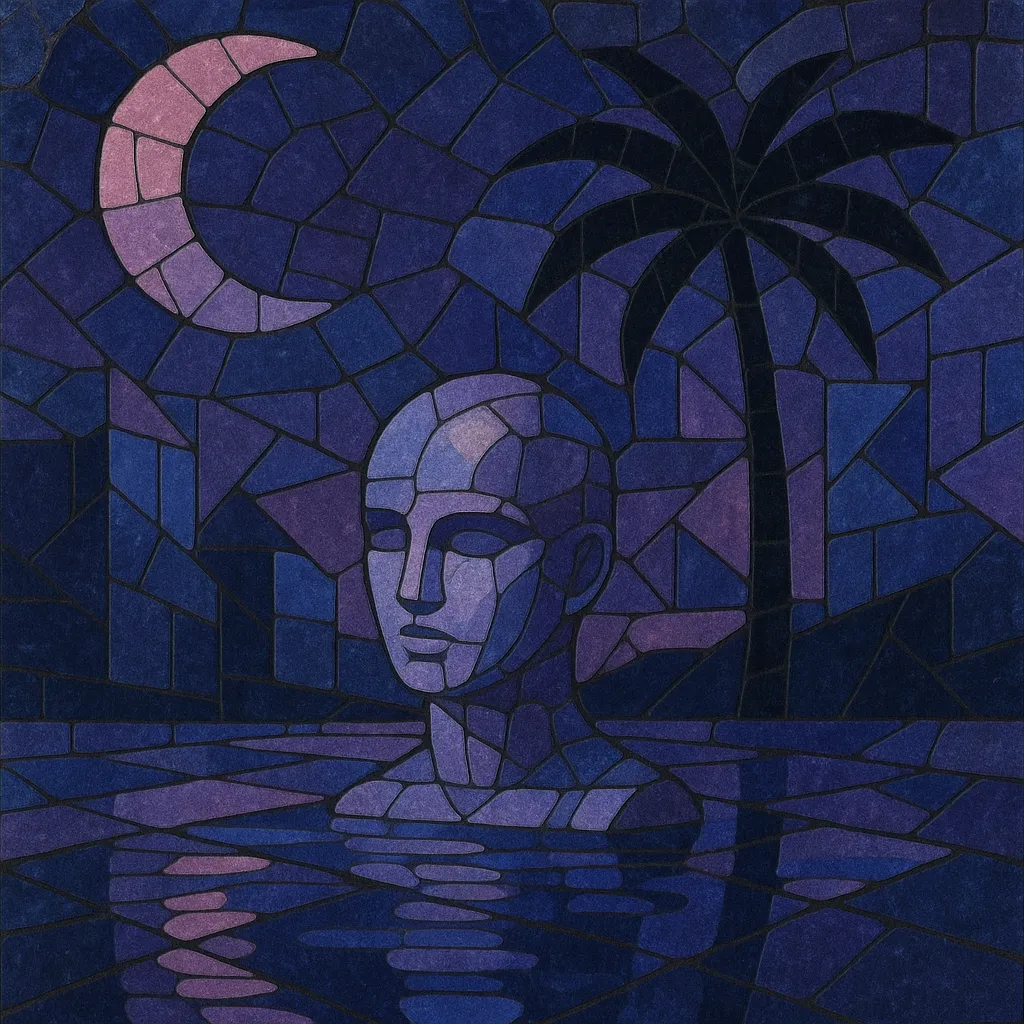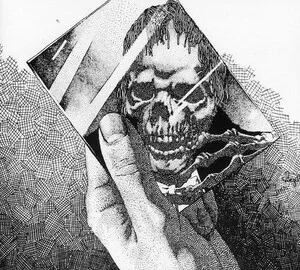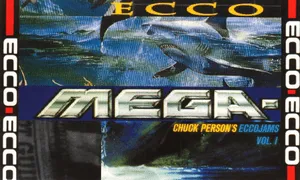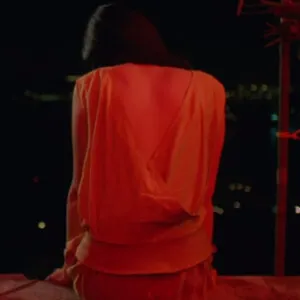Vapor is an internet-born microgenre of atmospheric, half-time electronic trap that emphasizes space, texture, and emotive melody over aggression or technical flash.
Its sonic palette leans on airy pads, crystalline bell and pluck leads, misty reverb tails, and round, subby 808s. Drums typically follow a modern trap grid at halftime, with sparse, syncopated hats and gentle percussion instead of hard-edged snares. Vocals, if present at all, are usually textural—chopped phrases, distant calls, or heavily processed one-shots—serving ambience rather than lyrical narrative.
The result is a dreamy, nocturnal mood that sits between cloud rap, vaporwave aesthetics, and the UK-led "wave" scene: cinematic yet minimal, melancholic yet weightless, and designed as much for headphones as for late-night club systems.
Vapor coalesced online in the early-to-mid 2010s as producers on SoundCloud and YouTube converged around a softer, more cinematic take on halftime trap. Drawing from cloud rap’s hazy mood, vaporwave’s nostalgia-drenched ambience, and UK bass culture’s taste for atmospheric sound design, early tracks favored pads, bells, and negative space over maximalist sound.
Loose collectives, channels, and netlabels helped codify the sound. Playlists and premiere channels promoted a shared aesthetic of foggy synthwork and emotive harmony, while club nights in the UK (and later Europe and North America) proved the style could translate to dancefloors at modest tempos. Producers shared presets and project files, accelerating a common toolkit (lush pads, sidechained textures, and round 808 subs).
Vapor distinguished itself from harder trap derivatives by its restraint: fewer layers, longer decays, and melodies that bloom gradually. Compared to vaportrap, it relies less on overt sample collage and more on original synthesis; compared to wave (the scene), it often keeps arrangements leaner and more intimate, trading large, cinematic drops for sustained, hovering tension.
By the late 2010s, Vapor’s fingerprints were evident across ambient plugg, vaportrap, and parts of the wave and lo-fi beat communities. Its sound design vocabulary—shimmering plucks, breathing pads, and velvety low-end—became a go-to mood-setter for late-night sets and study/drive playlists, ensuring the style’s continued evolution in online beat culture.








